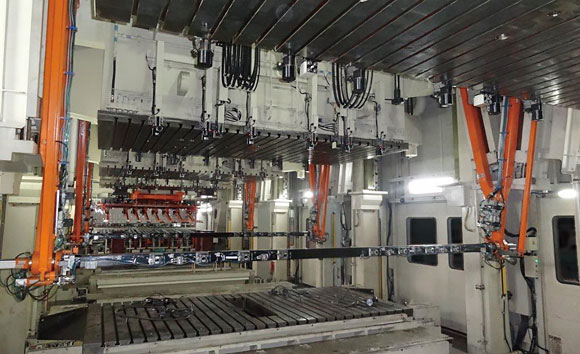


Utilization of water for irrigation needs a lot of attention in the catchment with scarce water resource. Conversely, Asia region uses and Latin America uses of its total renewable water resources, which seem to be higher than SSA. The SSA irrigated agriculture is said to use less than of the total renewable water resources to irrigate a land of six million hectares, which is equal to of the total irrigable land. Irrigation efficiency in Sub-Saharan Africa (SSA) was in the year 1998 and is expected to improve by by the year 2030. Globally, approximately 277 million hectares of agricultural land is under irrigation (about of cultivated land), contributing of the food supplies with 2.3 higher yields compared to rain-fed agriculture as described by Adejumobi et al. However, irrigation consumes about of the available water. Globally rain-fed agriculture’s contribution to food production is about the other is supplemented by irrigated agriculture. Subsequently, more effective conveyance technologies and water management strategies other than canal lining are required. Interventions to minimize water losses starting at the furrow’s intakes are urgently required in the current trend of the increasing demand for water resources for food production and schemes performance.

Consequently, water measured at furrow intakes in total was, equal to more than the permitted amount of at Usa River Catchment. Results indicate that approximately of water transported reaches the destined farm which produced maize ( Zea mays L) yields of, , and at downstream, midstream, and upstream which equals, , and, respectively, while about of water is lost along the canals through evaporation, seepage, and deep percolation and overtopping. Moreover, water and yield obtained at the farm level were determined. The task involved measurement of irrigation water flows to determine the amount of water abstraction, inflow (head) and outflow (tail) between the canals to determine the conveyance efficiency of the main, secondary, and tertiary canals of the traditional irrigation systems. The objective of the study was to determine water abstraction permit compliances and estimate conveyance efficiency and crop and water productivity of traditional irrigation systems in northern Tanzania. It is because of understanding the volume of water lost along with the transportation facility, enhancing water usage and productivity, hence making better decisions about the utilization of water resources.
#CONVEYANCE SYSTEMS MANUAL#
In case of a manual tripping/fire alarm, the sealing lips will be depressurized and contract, the distance piece moves now out of the pipe system with adequate clearance and will be replaced by the locking element, which guarantees the fire protection.Estimating the conveyance efficiency of traditional irrigation schemes systems is very important. The distance piece is equipped on both sides with sealing lips that can be blown up by compressed air to establish an absolute pressure-tight connection. The connection between the pipe systems will be established by a distance piece (opening condition) that moves in-between. The incoming and outgoing pipe system is fastened on both sides at the conveyance system closure using flanges or pipe connections.
#CONVEYANCE SYSTEMS INSTALL#
The pipe system must be separated to install the fire protection closures. A distance piece (sealing system), whose form and dimension is equivalent to the pipe system, is permanently connected to the barrier element. The conveyance system closure is designed based on the “hole offset” principle. Sealing system for pipe and duct connection
#CONVEYANCE SYSTEMS FREE#
Pneumatic conveyance systems or technical air suction systems, which are charged with chippings, fibers, residual materials, etc., and which therefore require a free pipe or duct cross-section.


 0 kommentar(er)
0 kommentar(er)
